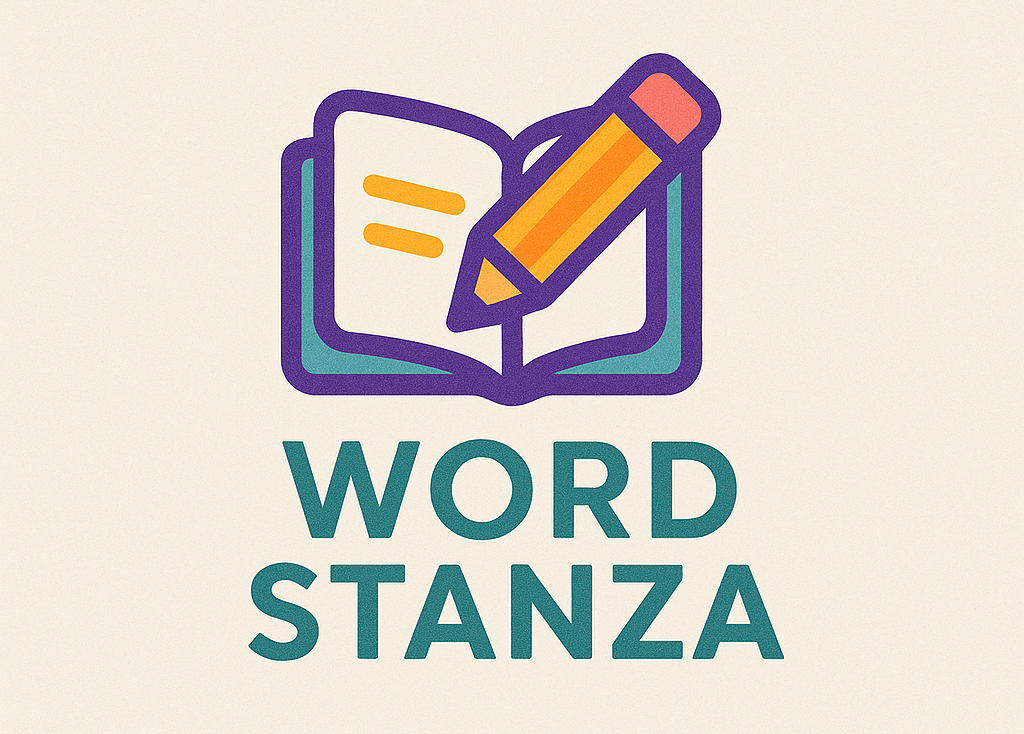Shoulder injuries are a common ailment that can significantly impact daily life, whether you are an athlete, a manual worker, or someone who enjoys recreational activities. The shoulder joint is one of the most mobile joints in the body, making it susceptible to various injuries ranging from strains and sprains to more severe conditions like rotator cuff tears. This article aims to provide a detailed overview of physiotherapy for shoulder injuries, exploring its benefits, treatment methods, and the importance of seeking professional help.
Physiotherapy plays a crucial role in the rehabilitation of shoulder injuries. A physiotherapist is trained to assess the severity of the injury and develop a tailored treatment plan that addresses the specific needs of the individual. This personalised approach not only aids in recovery but also helps to prevent future injuries. One of the primary goals of physiotherapy is to restore strength and mobility to the shoulder, allowing patients to return to their normal activities as quickly and safely as possible.
Upon your initial visit, the physiotherapist will conduct a thorough examination, which may include a physical assessment and a review of your medical history. They will look for signs of inflammation, pain, and range of motion limitations. Based on this assessment, they may recommend a combination of treatments, including manual therapy, exercises, and modalities such as ultrasound or electrical stimulation.
One of the key components of physiotherapy for shoulder injuries is exercise therapy. A physiotherapist will design a rehabilitation programme that incorporates specific exercises aimed at improving strength, flexibility, and coordination in the shoulder. These exercises are crucial for rebuilding muscle strength and restoring function. For instance, strengthening the rotator cuff muscles is essential for stabilising the shoulder joint and preventing further injuries. Patients may also engage in stretching exercises to enhance flexibility, which is vital for maintaining a full range of motion.
In addition to exercise therapy, physiotherapists may employ various manual therapy techniques to alleviate pain and improve joint mobility. These techniques can include mobilisation, manipulation, and soft tissue therapy. Such hands-on approaches can help reduce stiffness and promote healing in the affected area. Furthermore, physiotherapists often educate patients about proper posture and body mechanics, which can play a significant role in preventing shoulder injuries from recurring.
It’s important to note that recovery from a shoulder injury can vary significantly from person to person. Factors such as the type and severity of the injury, the patient’s overall health, and adherence to the rehabilitation programme can all influence recovery time. However, with the right physiotherapy intervention, many individuals find that they can return to their normal activities within a few weeks to a few months.
For those seeking effective treatment for shoulder injuries, it is advisable to consult a qualified physiotherapist who specialises in this area. They can provide valuable insights and guidance on the most effective treatment options tailored to individual needs. If you are experiencing pain or discomfort in your shoulder, consider seeking physio for shoulder injury to help you recover and regain your strength.
In conclusion, physiotherapy is an essential component of the recovery process for shoulder injuries. By focusing on personalised treatment plans, exercise therapy, and manual techniques, physiotherapists can help patients regain function and prevent future injuries. If you suspect you have a shoulder injury, do not hesitate to reach out to a physiotherapy professional. Early intervention can lead to a quicker recovery and a return to your favourite activities, ensuring that shoulder pain does not hold you back. Remember, taking the first step towards recovery is often the most important one.




